2005 Kymco Venox - Motorcycle.com
Anybody who's been riding for more than a week or so has been "axed" this question. And most of the time, the best response is to steer the questioner to something with a low seat, lightweight, and a motor that isn't too powerful. Lightweight cruisers are ideal for this purpose, with their low seats and less-than-powerful motors.
Here in the US of A, the land of free choice, we actually don't have a lot of choices when it comes to small, inexpensive cruisers. Honda makes their 250 Rebel, and it's priced at just $3099. We tested it here in 1996, and it has actually declined in price since then. It has been basically unchanged since 1985. It's a dependable, lightweight bike, but it is slow and wobbly and ridiculously tiny. If you are very small it might be a good choice, but I would steer prospective riders away from it.
Suzuki also builds a 250CC cruiser, the GZ250. MO hasn't tested this bike, but it seems a little bigger and heavier than the Rebel and Virago despite the fact that it sports just a single cylinder rather than a twin. It's also priced around the $3,000 mark at $3,199.
Enter the dragon. Since 2003, Kwang Yang Motors, Ltd. of Taiwan has offered American buyers their Venox 250 cruiser as an alternative to the small Japanese cruisers. But can the Chinese, with their poor reputation for bringing in cheap, low-quality knockoffs beat the Japanese offerings with a higher-priced machine? How does Kymco's cruiser hold up to use in America?
Unlike the myriad of importers bringing in zillions of no-name Chinese scooters and motorcycles to sell on eBay and lawnmower shops across the nation, Kymco takes its product and customers seriously, with an established dealer network, parts support, and a two-year warranty. They also don't try to compete by discounting; Kymco's scooters are priced similarly to their Japanese and European competition.
The Venox is Kymco's only motorcycle offering in the US market and is also the largest motorcycle they make worldwide. It uses a very modern, liquid-cooled, dual overhead cam eight-valve engine with an oversquare 58 X 47.2 MM bore and stroke. With 11.5:1 compression, the Venox motor makes 28 HP: a great deal more than the Japanese 250cc cruisers do.
In fact, Kymco hired German firm Naumann Design to shape and style this little cruiser, explaining its sophisticated European looks. Naumann also designed the sleek MZ 1000S, as well as projects for Honda and Audi. It's a bold step for a company like Kymco to use a fancy design firm like Naumann, but that just
The styling is so striking that people actually stop you on the street and at traffic lights, demanding to know who makes this distinctive-looking machine. Kymco adds to the confusion by leaving the logos off this bike for the most part. The tank is undecorated and there is only an easy-to-remove "Kymco" decal on the front of the bottom triple clamp to let admirers know who made the bike. It would be fun to tell people it's a prototype mini V-Rod, but the Harley people have spies everywhere, so I tell the truth.
On close examination, this motorcycle is world class in terms of build quality and fit and finish. Everything is put together well. The controls, levers and switches work nicely and are solid. The switch pods are cast and polished metal. There are no squeaks or rattles, and everything works as it should, without the embarrassing failing components and mismatched parts a rider might encounter on some other Chinese brands. Now that's a V-Rod!
There's a bit of ugliness with the long, skinny frame down tubes and exposed radiator out front, but the big fork tubes and slick chrome tank shrouds balance that out. Chrome shock covers and the Fat Boy-style solid rear wheel give the back end a beefy, muscular appearance. The seat is low, with a 27.5" claimed seat height, but might not be low enough for very short riders. The local dealer reports it's easy to shave the sides of the seat down to make it easy for microriders to get their little feet flat on the ground.
The brakes are another nice surprise. Although there's only a single front disc, it's a two-piston caliper with a steel-braided brake line. It has very nice feeling to it and slows the bike as much as you'd want. The rear is a cheaper drum, which took some stomping on to lock up. This may be because of the fat and grippy Maxxis Classic tires, with a 150-section in the back, just like a mid-sized cruiser.
This bike comes to life with a loud, racy shriek; definitely not your run-of-the-mill 250cc cruiser motor! I asked Curtis Fisher, co-owner of Mid-America Power Sports Plus, the Kansas City area Kymco dealer, why the bike is so loud. He told me that they had removed "the four rivets on the muffler bezels, pull[ed] the baffles, [and] cut 2 inches from the bezel." The modification nets no increase in horsepower, but it does liven up the sound and is essentially free, aside from the cost of the rivets. You can hear it in the video clip. A stock Venox is very quiet.
The cruiser definitely feels bigger than a 250 cruiser usually does. It has substantial heft and a quality, solid feel to it. The brake and clutch levers are non-adjustable: not so good for small hands. And the 418.5 pound *claimed* dry weight is a good deal heavier than the competition as well.
However, if you may allow me to editorialize a bit here, I don't think a first bike should be a featherweight moped. I think a motorcyclist should be properly trained before she buys her first bike. I've seen plenty of 200-pound scooters wrecked with less than 500 miles on them. Just having a lightweight bike is no excuse to start riding with no training, and with proper training a 400-pound motorcycle should not feel overwhelming.
Even with all that heft, the Venox's 28HP motor pulls the bike from a stop very nicely, with smooth clutch engagement and steady, progressive power delivery. The gearbox works fine, and at around-town velocities, the brakes are more than adequate, with good feel at the front lever and minimal dive from those beefy front forks. The twin shocks in back look very nice in their chrome covers but have little travel and too little damping. They help deliver the big-cruiser experience by transmitting bumps straight to the rider's rump and kidneys.
The 250 kept accelerating past 90 MPH (indicated) on flat ground, and it felt like it would keep going if I had enough room, the re-baffled exhausts making a very cool micro-Ducati sound behind me as the motor approached its 10,000-rpm rev limit. Twenty-eight horsepower is about what a 250 Ninja makes, and those are good for about 100 MPH. Of course, they do weigh about 80 pounds less, so shave 10 MPH off of that, and expect to get to that speed much more slowly than your Ninja-equipped friends. Those of you over 180 pounds might have a different experience, of course!
At high speeds, the Venox feels very stable. The solid rear wheel doesn't seem affected by crosswind. As far as freeway cruising goes, when some little motors work hard, vibration can quickly turn a ride into a chore. The Venox is definitely working hard, but it takes it in stride with Jack LaLane-like stoicism. The vibration is there, but it's not objectionable. Wind protection is of course, minimal, but the handlebar position doesn't put the rider into spinnaker mode, so windblast is manageable.
One of the best features of the Venox is that it looks and handles like a much bigger motorcycle. The long wheelbase, wide handlebar, solid chassis, and decent brakes and suspension all add up to an entertaining ride. It lacks the fluttery, lightweight feeling of the Virago or Rebel by virtue of its additional bulk and longer wheelbase. You don't have to allow for chassis or wheel or fork flex like you would on some cruisers, and there's enough ground clearance so you can pitch it in pretty deep, if you want to.
By the end of my 80-plus mile test loop, I had chased Curtis up and down the local twisty roads, tackled many miles of interstate, and ridden all around the bumpy, potholed streets of Kansas City. I never felt the little motorcycle to be lacking in any practical way in the city or on twisty roads, although I personally like much more power on the freeways. But judging how people drive in most parts of the country, 80 MPH is just fine, and a lightweight, good handling, versatile little bike is all you need. With a two-year warranty (that Curtis maintains he has never made a Venox claim on) and low $3,999 price of admission, the Venox is a terrific value, as much bike as many of us will ever need or want.
Specs Provided by Kymco | |
| KYMCO Venox 250 | |
| Engine Type | V-twin DOHC 8 valve |
| Displacement | 249cc |
| Horsepower | 28hp |
| Bore/Stroke | 58x47.2 |
| Max Torque | 14.0 / 8000 |
| Cooling System | Liquid |
| Ignition | Electric |
| Gearbox | 5 Speed |
| Chassis | Steel |
| Front Suspension | Telescopic forks |
| Rear Suspension | Springs |
| Front Brake | Single disc |
| Rear Brake | Drum |
| Front Wheel/Tire | 120/80-17 |
| Rear Wheel/Tire | 150/80-15 |
| Seat Height | 29 in. (736.6mm) |
| Wheelbase | 63 in. (1600.2mm) |
| Fuel Capacity | 3.7 gals. (14 liters) |
| Weight | 418.5 lbs. |
| Available Colors | Grey, Blue-Black or Yellow |
| MSRP | $3,999 |
| Features V-twin DOHC water cooled 249cc engine, front disc brakes, 5 speed manual gearbox, lots of curb appeal and a 2 Year Factory Warranty. C.A.R.B. Certified | |
More by Gabe Ets-Hokin
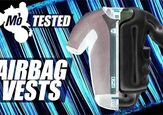


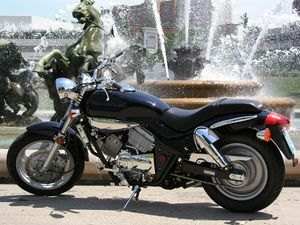














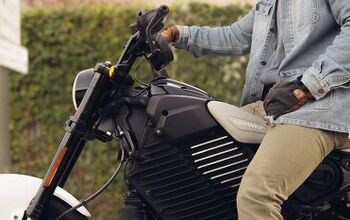
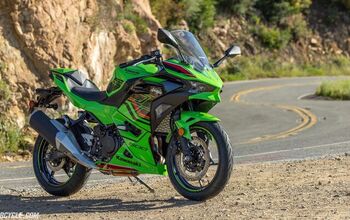

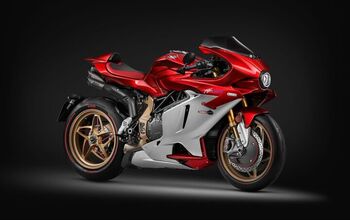



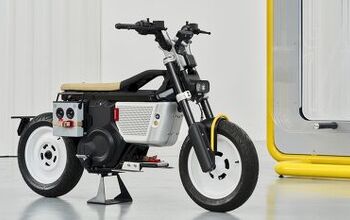
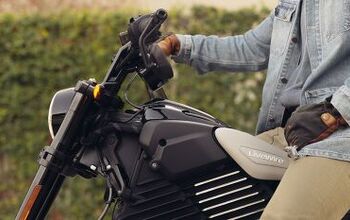
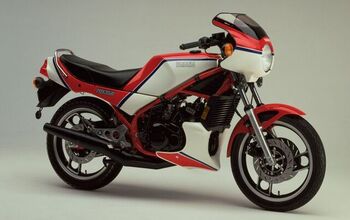
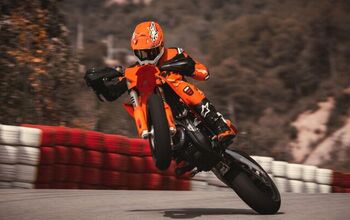
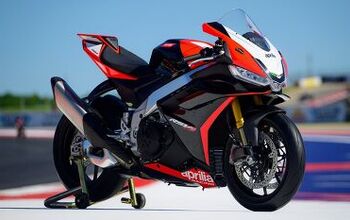
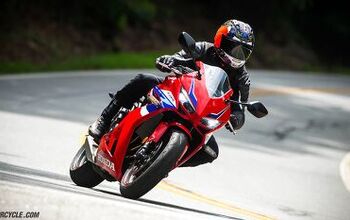
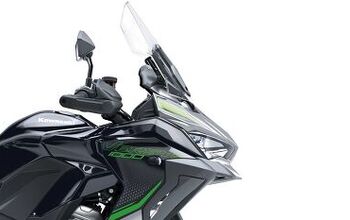




Comments
Join the conversation